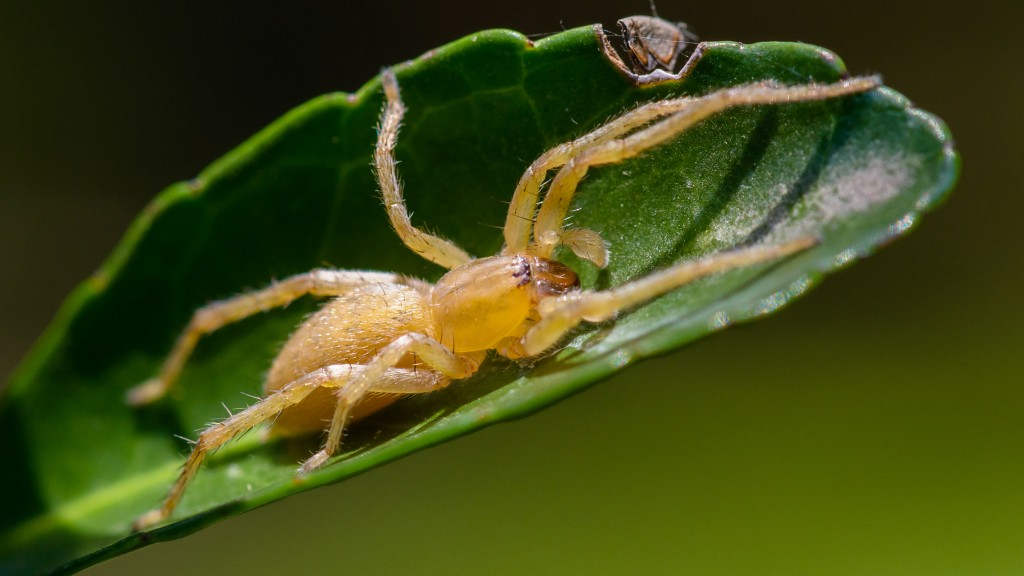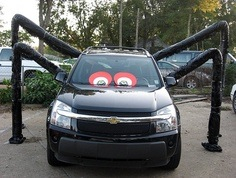Drive Me to the Corner of Myth and Spider—And Step on It
First, I present another great book about how obvious explanations are wrong, and sometimes aren’t even explanations at all. That description of Everything Is Obvious (Once You Know the Answer) doesn’t do it justice; it’s a really rich read. But that’s enough to get us going on today’s spider story.
The Suzuki Kizashi, a nice sedan no longer sold in the USA, is the latest car to fall victim to the yellow sac spider (Cheiracanthium sp.) and its habit of building silken retreats and egg sacs in small spaces. Previous news stories have involved Mazdas and Toyotas. The sac spider gets inside hoses and weaves a web that clogs vents and drains in the pollution-control and air-conditioning systems, so the car has to be recalled and fixed.
The auto press loves these stories, and the spider-phobic public runs amok. You see, clogging a fuel-tank venting system could lead to cracks in the tank and leaks and fires and DEATH! A plugged AC vent isn’t quite as dramatic, but an obstruction in that line causes condensation to build up and possibly overflow into the car’s interior, perhaps on your new shoes or, worse, your car’s electronics. This happens to my truck and is the reason it smells swampy (though I don’t know whether to blame spiders or messy trees). Toyota recalled 870,000 cars out of concern that shorted-out airbags might deploy without warning.
There’s already a lively literature of fear involving cars and spiders, and this adds another layer. I don’t think anybody’s gone nuts over the dangers to your car posed by bunnies, but given a slow enough news day, that could happen, why not.
But you see? It’s spiders that reliably make some people stupid. The ever-present meme accompanying these car stories is “a certain spider loves the smell of gasoline.”
Think about that. All the times you’ve been filling your tank, or peering into the fuel hole, or gassing up the mower . . . remember those times when legions of spiders would come racing toward you, jostling to get inside that chamber full of intensely poisonous refined petroleum product?
Me neither. That’s because spiders aren’t attracted to the smell of gasoline. Or, in the spirit of skeptical reasoning, I’ll do radio announcer voice and say “there is no evidence that spiders are attracted to gas fumes.” And it’s not just me: read what actual arachnologists say about this myth, not car journalists or ordinary spider haters. Also here.

On the prowl: Cheiracanthium inclusum. Rolled-up leaves make a great spider retreat, but apparently not as good as your car’s emission-control system. (© Cletus Lee, Creative Commons)
The spider in question, which lives all around the world, is both commonly seen and a bit secretive. It’s an active hunter, meaning it doesn’t weave trap webs. So it walks around at night looking for things to eat and, if it’s a male and the time is right, for potential mates. By day it builds a retreat, which looks like a full-length spider sleeping bag. Look close and you can see the spider tucked in there. You notice these retreats in crevices, sometimes where wall meets ceiling, and in tight spaces where the spider feels safe by day. Females also build sacs for their eggs. The silk can be surprisingly strong and papery, making a tearing sound when you pull on it. It could easily clog some small, crucial vent.
The Cheiracanthium I encounter (there are two common species) is a pale yellow, spindly creature with dark feet, likely to be found outdoors as well as indoors. In the yard its usual domain is shrubbery: the lemon tree, leaves, grapevines.
Statewide, this spider is very common in vineyards, and as such occasionally shows up in packages of table grapes. Scientists who study its role in vineyards say that it’s both a nuisance (annoying pickers, leaving bits of web around) and a helper, in that it eats bugs that damage the grapes.
You know, there’s quite a spidery cast of characters in those California vineyards. If we’re faithful to the “attracted to gasoline” mythology, we must conclude they’re all a bunch of winos.
Anybody who’s worked on a car has seen cobwebs inside taillight housings, nooks and crannies in the chassis, and—yes—behind the gas flap. But that doesn’t mean you’re hosting invertebrates with a fetish for taillights, undercarriages, or gasoline. It means the spiders are hiding. And your car, with all its secret spaces, hoses, doors and whatnot, is a wonderland for a small creature that needs to lie low by day.
After all, it needs a good day’s rest if it’s going to pop out while you’re on the freeway and provoke a good crash.
The one true thing about Cheiracanthium is that it’s been implicated in a fair number of bites, though (again with the mythology) they’re medically minor, if annoying. I’ll get to that another day.
The mythology of what spiders are and do is so wonderfully florid. They like huffing gasoline! They chase parked cars (they even prefer certain models), where they lie in wait instead of lurking, well, everywhere around you. They even drive Justin Bieber to make further unwise decisions.
